Bugleweed (Ajuga reptans) Profile
Written by Iris
Oct 14 2021
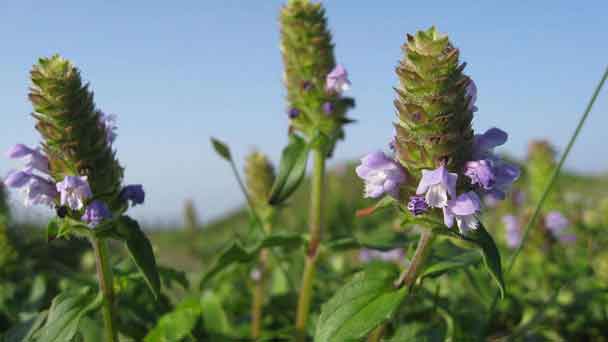
Bugleweed (Ajuga reptans) is a vibrant, ground-clinging perennial that will quickly cover all cool or partially cool places in your garden. Bugleweed grows just six inches tall, is virtually maintainable and comes in many different varieties, with green, purple or multi-colored leaves. All Bugleweed (Ajuga reptans) also have small blue, pink or white stems in the spring.
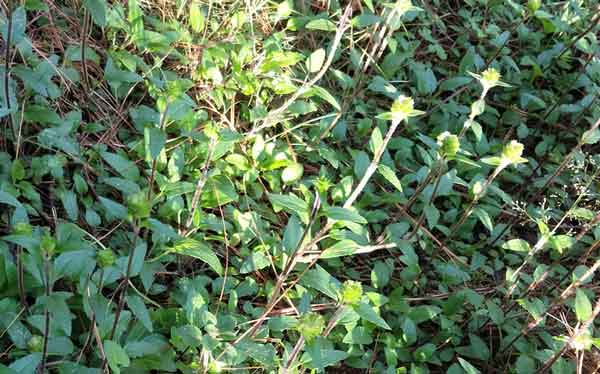
Bugleweed (Ajuga reptans) is attractive in a mass planting in a naturalized area, on a slope or bank, or in a woodland garden. A dense mat will help smother weeds, but avoid planting near perennial beds or lawns where Bugleweed’s spreading nature could pose removal problems. Bugleweed plant is resistant to browsing by deer.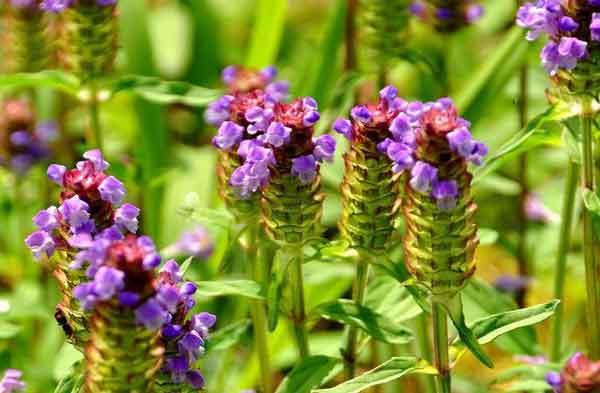
Bugleweed is easily grown in average, moderate moisture, part shade in well-drained soil under full sunlight. Prioritizes moist, moist soil with good drainage, but tolerates moderately dry ones.
Bugleweed will grow in full shade, but the best leaf color is usually in part-sun locations (at least 3-4 hours of sun per day). This low-growing Bugleweed will spread into the garden by stolons (reptiles mean crawling) to create an attractive, mat-like ground cover.
It is best to do this by simply removing the runners from the mother Bugleweed plant. This is easily done when Bugleweed are young so you should not have much trouble with them. It becomes more difficult as they age because Bugleweed will become entangled in the main plant.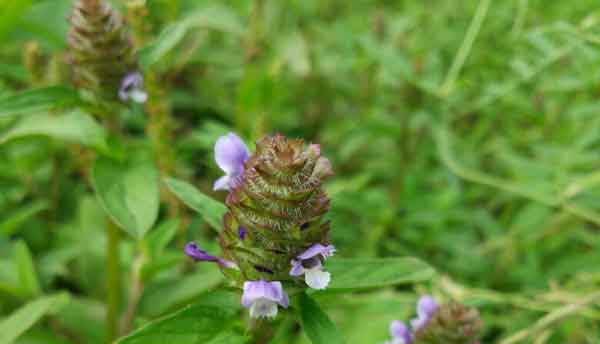
Bugleweed can be applied to spring bulbs such as snow boxes (Galanthus). Small islands of Bugleweed may begin to appear in the grass as avoid planting adjacent to lawn areas. Bugleweed is great for small spaces, containers and rock gardens.
Bugleweed 'Burgundy Glow': attractive leaves have silvery sheen and are tinted with deep red. Margins are tinted cream and various shades of pink. May not be evergreen in cold winters.
Bugleweed 'Catlin's Giant': large leaves are up to 6 inches long and purplish maroon/bronze. Does not tolerate below-zero temperatures well.
Bugleweed 'Giant Bronze': 9-inch-tall plants with deep bronze green foliage.
Bugleweed 'Jungle Bronze' and 'Jungle Green': green-leaved or bronze-leaved plants with very large, 10-inch-tall flower spikes.
Bugleweed 'Rainbow' ('Multicolor'): bronze-tinted dark green leaves mottled with magenta, peach, cream and pink
Bugleweed 'Pink Elf': deep green foliage and showy deep pink blooms on short flower stems
Bugleweed 'Variegata': creamy white margins and splotching mark grayish green foliage.
Bugleweed is susceptible to the root-knot nematode (Meloidogyne incognita), which mainly occurs from the Midlands to the Low Country. Infected Bugleweed plantings will begin to thin out in spots and plants may die. Roots of infected Bugleweed plants will contain small knots caused by the feeding of these microscopic worms.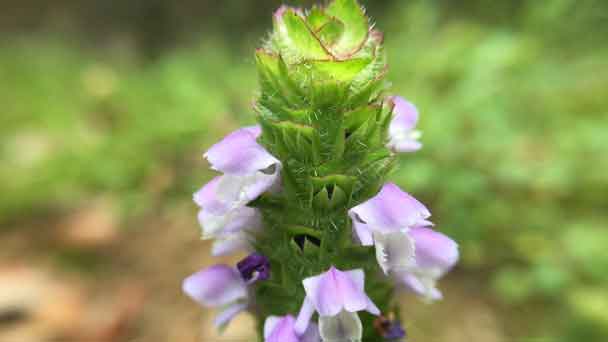
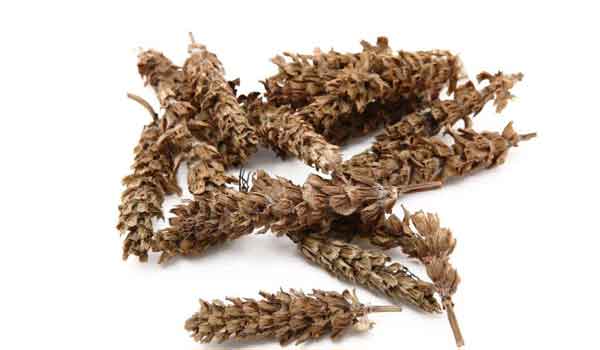
Bugleweed (Ajuga reptans) PictureBugleweed (Ajuga reptans) InfoBugleweed (Ajuga reptans) Native HabitsBugleweed (Ajuga reptans) DistributionHow to Grow and Care for Bugleweed (Ajuga reptans)How to Grow BugleweedHow to Care for BugleweedUses of Bugleweed (Ajuga reptans)Garden useMedicinal usesVarieties of Bugleweed (Ajuga reptans)Bugleweed (Ajuga reptans) Common Pests/DiseasesBugleweed (Ajuga reptans) Design TipsSpring Rock GardenColorful Spring Shade Garden PlanBugleweed (Ajuga reptans) Companion PlantsCoralbellsFothergillaBleeding Heart
Bugleweed (Ajuga reptans) Picture

Bugleweed (Ajuga reptans) Info
| Botanical Name | Ajuga reptans |
| Common Name | Bugleweed, common bugleweed, ajuga, carpet bugle, blue bugle, carpetweed, carpenter's herb |
| Plant Type | Herbaceous perennial |
| Mature Size | 6 to 9 inches tall and 6 to 12 inches wide |
| Sun Exposure | Full sun to part shade |
| Soil Type | Medium-moisture, well-drained |
| Soil pH | 3.7 to 6.5 |
| Bloom Time | May to June |
Bugleweed (Ajuga reptans) Native Habits
Bugleweed (Ajuga reptans) tolearates all light levels and is an excellent choice for moist areas, although Bugleweed will tolerate moderately dry soils. In cool, shady areas where grass will not grow it makes a thick, attractive ground cover. Avoid planting Bugleweed in wet, heavy soils, and provide good air circulation. Divide Bugleweed plants when they grow too crowded in the spring or fall, or propagate by seed.Bugleweed (Ajuga reptans) is attractive in a mass planting in a naturalized area, on a slope or bank, or in a woodland garden. A dense mat will help smother weeds, but avoid planting near perennial beds or lawns where Bugleweed’s spreading nature could pose removal problems. Bugleweed plant is resistant to browsing by deer.
Bugleweed (Ajuga reptans) Distribution
Bugleweed's (Ajuga reptans) distribution area stretches from Europe,Tunisia and Algeria to the Causasus and Northern Iran. Bugleweed (Ajuga reptans) has also become established in North American. Bugleweed (Ajuga reptans) is found mainly in swampy forests, meadows and on mountain slopes.
How to Grow and Care for Bugleweed (Ajuga reptans)
How to Grow Bugleweed
- With Bugleweed (Ajuga reptans)Seeds
Bugleweed is easily grown in average, moderate moisture, part shade in well-drained soil under full sunlight. Prioritizes moist, moist soil with good drainage, but tolerates moderately dry ones.
Bugleweed will grow in full shade, but the best leaf color is usually in part-sun locations (at least 3-4 hours of sun per day). This low-growing Bugleweed will spread into the garden by stolons (reptiles mean crawling) to create an attractive, mat-like ground cover.
- With Clumps Division
It is best to do this by simply removing the runners from the mother Bugleweed plant. This is easily done when Bugleweed are young so you should not have much trouble with them. It becomes more difficult as they age because Bugleweed will become entangled in the main plant.
How to Care for Bugleweed
- Light
- Soil
- Water
- Temperature and Humidity
- Fertilizer
- Pruning

Uses of Bugleweed (Ajuga reptans)
Garden use
The primary use of Bugleweed is as a ground cover. Bugleweed will fill large, shady areas where lawns are difficult to establish. Bugleweed can also be planted on banks or slopes, under trees, or under bushes.Bugleweed can be applied to spring bulbs such as snow boxes (Galanthus). Small islands of Bugleweed may begin to appear in the grass as avoid planting adjacent to lawn areas. Bugleweed is great for small spaces, containers and rock gardens.
Medicinal uses
Bugleweed is also known as 'carpenter's herb' for its supposed ability to stem bleeding. Bugleweed has been used in traditional Austrian medicine internally as a tea for the treatment of disorders related to the respiratory tract.Varieties of Bugleweed (Ajuga reptans)
Bugleweed 'Atropurpurea': showy purple green leavesBugleweed 'Burgundy Glow': attractive leaves have silvery sheen and are tinted with deep red. Margins are tinted cream and various shades of pink. May not be evergreen in cold winters.
Bugleweed 'Catlin's Giant': large leaves are up to 6 inches long and purplish maroon/bronze. Does not tolerate below-zero temperatures well.
Bugleweed 'Giant Bronze': 9-inch-tall plants with deep bronze green foliage.
Bugleweed 'Jungle Bronze' and 'Jungle Green': green-leaved or bronze-leaved plants with very large, 10-inch-tall flower spikes.
Bugleweed 'Rainbow' ('Multicolor'): bronze-tinted dark green leaves mottled with magenta, peach, cream and pink
Bugleweed 'Pink Elf': deep green foliage and showy deep pink blooms on short flower stems
Bugleweed 'Variegata': creamy white margins and splotching mark grayish green foliage.
Bugleweed (Ajuga reptans) Common Pests/Diseases
In the South, several fungi cause crown and root rots, particularly in carpet bugleweed. Roughly circular patches of plants die out. Sometimes entire Bugleweed plantings may die. Planting Bugleweed in well-ventilated areas, dividing every 2 to 3 years, and application of a recommended fungicide help control this problem.Bugleweed is susceptible to the root-knot nematode (Meloidogyne incognita), which mainly occurs from the Midlands to the Low Country. Infected Bugleweed plantings will begin to thin out in spots and plants may die. Roots of infected Bugleweed plants will contain small knots caused by the feeding of these microscopic worms.

Bugleweed (Ajuga reptans) Design Tips
Spring Rock Garden
This garden plan calls for low-lying, colorful plants with a mixture of blooming dates to last you the whole year through—bergenia, primrose, iris, snow-in-summer, Icelandic poppy, Delta and Nonstop pansies—ranging in colors of blue, pink, yellow, white, and lavender. Plant your garden in full sun and watch your Bugleweed, phlox, and arabis bloom in the spring while the pansies and the Icelandic poppy bloom all year.Colorful Spring Shade Garden Plan
You don't need a ton of plants for a colorful garden. This simple, beautiful garden plan features only six different kinds of plants. These hardy, long-lived perennials will make a dramatic statement every spring. Garden size: 7 by 34 feet.
Bugleweed (Ajuga reptans) Companion Plants
Coralbells
Exciting new selections with incredible foliage patterns have put coralbells on the map. Previously enjoyed mainly for their spires of dainty reddish flowers, coralbells are now grown as much for the unusual mottling and veining of different-color leaves. The low clumps of long-stemmed evergreen or semi-evergreen lobed foliage make coralbells fine groundcover plants. They enjoy humus-rich, moisture-retaining soil. Beware of heaving in areas with very cold winters.Fothergilla
A North American native, fothergilla deserves a place in every shade garden for its honey-sweet brushy blooms, fiery fall foliage, and open, airy habit. The tangled branch structure intrigues in winter landscapes. Easy to care for, fothergilla requires no pruning. The leathery leaves have lighter undersides and turn shades of red, orange, and bright yellow in fall.Bleeding Heart
It's easy to see the origin of bleeding heart's common name when you get a look at its heart-shape pink or white blooms with a protruding tip at the base of the heart. They grow best in partial to full shade in moist, well-drained soil. Some types bloom only in spring while others bloom spring, summer, and fall, provided temperatures aren't too high.Latest Updated
- Benefits of Bugleweed - 7 Science-backed Health Benefits
- Bugleweed Dangers & Side Effects - Is It Poisonous?
- How to Plant Evergreen Trees - What You Should Know
- When to Plant Evergreens - Grow Guide for Evergreen Trees
- 12 Wonderful Evergreen Shrubs for Your Garden
- 12 Popular Evergreen Plants with Pictures for Beginners
- When And How To Prune A Lilac Bush Like a Pro
- How to Grow & Care for Lilac Vine (Hardenbergia Violacea)
- Japanese Lilac Tree (Syringa Reticulata) Care & Propagation Guide
- Shumard Oak Pros and Cons - What to Know
Popular Articles
- Winter maintenance of Antirrhinum Majus
- How to Grow Terminalia Mantaly Tree
- How to Grow and Care for Crossostephium Chinense
- How to grow Antirrhinum Majus in spring
- Peristeria Elata (Dove Orchid) Profile: Info & Care Guide
- Underwatered Snake Plant (Sansevieria Trifasciata) - Signs And How To Fix
- How to Care for Brazilian Jasmine Plant (Mandevilla Sanderi)
- How to Grow & Care for Graptopetalum Purple Delight in Summer
- Rosa Chinensis (China Rose): Plant Growing & Care Tips
- How to Care for Baby Sun Rose (Aptenia Cordifolia)